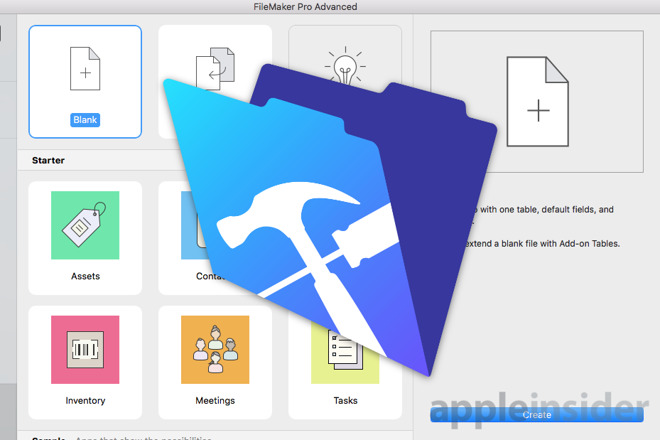

Incidentally, we could also perform a copy by substituting the word "copy" for "sync." It will sync our FileMaker Server backup folder to the remote folder. Now let's try it out by issuing the following command. The convention is the name of remote + colon (:) + name of new directory/folder. Next, we need to make a folder that we'll sync to on the remote drive using Rclone. This ends the configuration of the remote called BackblazeTest. Select a service, in our example "5" for Backblaze.Įnter your Application Key ID and Application Key.ĭo you want to delete files on the remote drive or hide them? If you want the remote drive to match your local drive (sync), type "true." To create a new remote, select the "n" option and then enter a name. With these two keys, we can configure Rclone to list file contents, create buckets, copy data to buckets and even sync to remote locations. To configure Rclone, we will need to get two things from our Backblaze account, the Account ID and the Application ID: Now that we have Rclone installed, we need to configure it to hook up to our Backblaze bucket, but first, let's get some required info from Backblaze.
#Filemaker pro cloud install#
If you issue the following commands in this order, it should install itself: For this example, we're using an app called Rclone. Once we've logged in, we'll need to install the program we're going to use to sync the local backup folder with the Backblaze bucket. Regardless of the client, our command to log in will look similar to this: macOS users can go ahead and open the Terminal app. On Windows 10, enable the SSH client using Apps and Features. This step differs slightly by the operating system.

The first thing we need to do is connect to our FileMaker Server via an SSH client. We're going to set up a systematic process that syncs the contents of a backup folder on our FileMaker server with a bucket on Backblaze. In this example, we're going to use Backblaze for our storage service, but connecting to any others should follow a very similar path.
#Filemaker pro cloud how to#
In this article, we'll review how to integrate FileMaker Linux Server with cloud-based storage options like AWS, Backblaze, Dropbox, or even a LAN-based drive so that we can easily access it from our app of choice. Previously, we talked about how to access FileMaker on Linux.


 0 kommentar(er)
0 kommentar(er)
